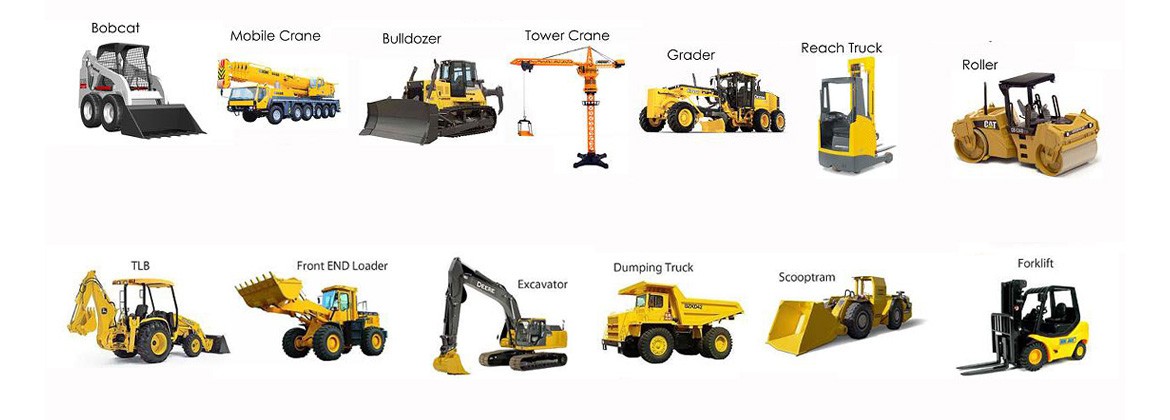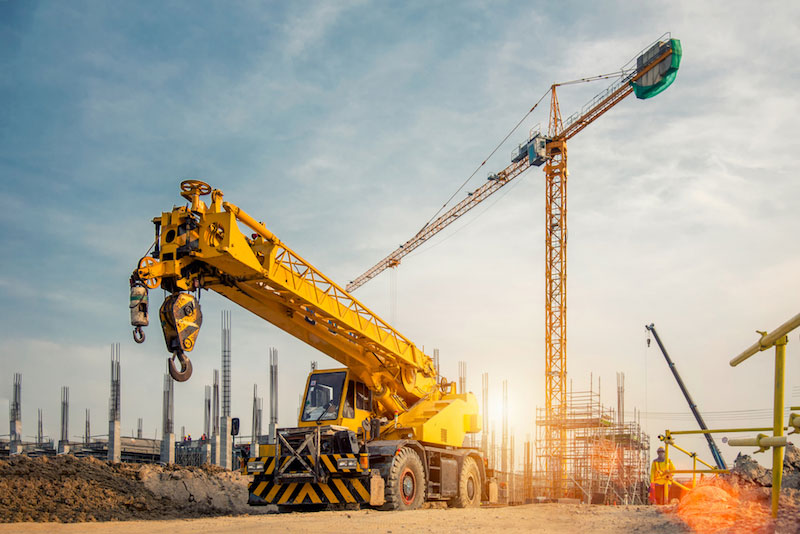Leading Equipment Rental Company for All Your Demands
Leading Equipment Rental Company for All Your Demands
Blog Article
Renting Vs. Acquiring Building Equipment: Making the Right Choice for Your Project
When beginning on a construction project, one of the important choices that forecast managers and stakeholders face is whether to rent out or buy construction equipment. The decision pivots on different factors such as cost considerations, task duration, devices upkeep, risk, flexibility, and scalability management.
Expense Considerations
When reviewing the monetary aspect of leasing versus buying building equipment, the in advance prices and long-term expenses need to be carefully considered. Leasing tools frequently requires reduced initial repayments compared to acquiring, making it an appealing alternative for temporary projects or professionals with budget plan restraints. Renting out eliminates the need for large funding expenses and minimizes the economic danger connected with tools ownership, such as maintenance and depreciation prices. However, over time, continuously renting out devices can collect greater expenses than buying, particularly for extended projects.
On the other hand, getting building equipment entails higher in advance prices but can result in long-lasting cost savings, particularly for long-lasting jobs or constant users. Eventually, the choice in between acquiring and leasing building devices hinges on the task's duration, frequency of usage, budget plan factors to consider, and long-lasting monetary objectives.
Job Period

Alternatively, for lasting jobs or continuous building and construction work, purchasing equipment can be the more affordable choice. Buying devices can cause cost financial savings in the future, particularly if the tools will be often made use of. Furthermore, having tools provides a feeling of control over its accessibility and allows for modification to fit specific job requirements.

Devices Upkeep
Provided the critical function project duration plays in determining one of the most cost-efficient strategy in between acquiring and renting building tools, the emphasis currently moves in the direction of analyzing the important element of equipment maintenance. Appropriate upkeep is essential for making sure the ideal performance and durability of building and construction equipment. Renting tools typically comes with the benefit of having well-kept machinery offered by the rental firm. This can ease the burden of upkeep jobs from the job proprietor or specialist, conserving time and effort. On the other hand, having tools needs a proactive strategy to upkeep to avoid break downs, ensure security, and expand the equipment's life expectancy. Normal assessments, servicing, and prompt repair work are necessary to keep owned and operated devices in leading working condition. Consider maintenance prices when making a decision in between purchasing and renting, as neglecting upkeep can lead to costly repair services, downtime, and task hold-ups. Inevitably, a well-kept building and construction tools fleet, whether rented out or owned, is important for the successful and efficient conclusion of construction jobs.
Versatility and Scalability
In the realm of building tools administration, the facet of versatility and scalability holds considerable importance for task effectiveness and resource utilization. Choosing to lease building and construction equipment offers a high level of flexibility as it enables for the fast change of devices kinds and amounts based upon the advancing needs of a project. Renting out makes it possible for contractors to access a wide variety of customized tools that may be needed for details tasks without the long-term commitment of possession. This adaptability is especially helpful for projects with varying demands or unsure durations (forklift rental).
Furthermore, scalability, another essential variable, is naturally linked to flexibility. Renting construction equipment provides the advantage of quickly scaling procedures up or down as task demands rise and fall. Service providers can rapidly trade or add tools to match the job's changing requirements without the restraints of having properties that may end up being underutilized or outdated. This capability to scale sources effectively can result in cost savings and enhanced task timelines, making renting a favorable option for projects requiring adaptability and receptive resource allotment.
Danger Monitoring
Effective threat management in building and construction equipment procedures is vital to ensuring project success and mitigating potential economic losses. Building and construction jobs inherently include various dangers, such as tools break downs, mishaps, and task hold-ups, which can dramatically affect the task timeline and budget plan. By very carefully thinking about the risks related to read here owning or renting building devices, task supervisors can make educated decisions to lessen these possible hazards.
Renting building equipment can provide a degree of threat mitigation by moving the responsibility of upkeep and repairs to the rental company. This can lower the monetary worry on the job proprietor in situation of unexpected tools failures (mini excavator rental). Additionally, leasing gives the flexibility to accessibility customized tools for specific task phases, decreasing the danger of possessing underutilized machinery
On the other hand, possessing building and construction devices gives a sense of control over its usage and upkeep. Nevertheless, this likewise suggests bearing the complete responsibility for fixings, upkeep costs, and devaluation, boosting the financial dangers connected with equipment ownership. Careful danger assessment and consideration of over here factors such as task duration, devices usage, and maintenance demands are critical in establishing one of the most appropriate choice for efficient risk management in building and construction projects.
Final Thought
To conclude, when choosing between renting and getting building tools, it is vital to think about this contact form price, job duration, equipment upkeep, versatility, scalability, and danger monitoring. Each factor plays a vital function in identifying the most ideal option for the project at hand. By carefully assessing these elements, task managers can make an educated decision that aligns with their spending plan, timeline, and overall project goals.

Report this page